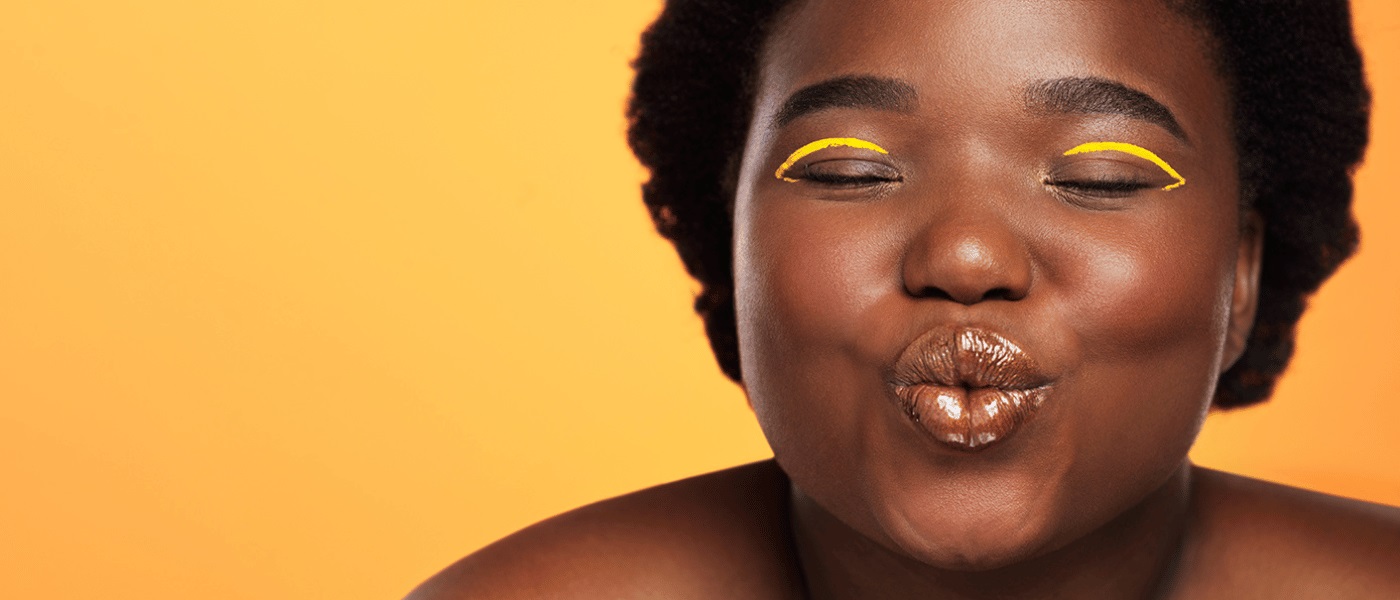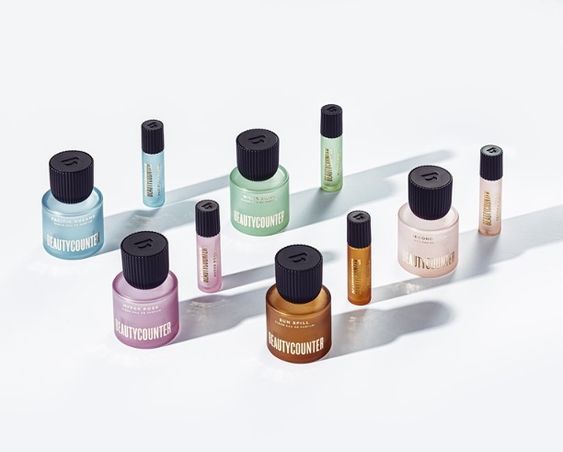With marketers gearing up for 2023, many may be asking the question of how to effectively reach and influence new consumers in a cooling economic climate. One place that may provide part of that solution is Snapchat.
Snapchat has a unique and unduplicated audience – approximately half of all Snapchatters do not log into YouTube, TikTok or Facebook daily[1]. With Snapchat reaching 90% of Gen-Z and 75% of all 13- to 34-year-olds in the U.S.[2], Snapchat allows brands to reach a large and engaged new audience base and expose consumers to their products.
So what makes Snapchat unique from other social platforms? Happiness and connectivity. 75% of people who spend time on Snapchat are there to interact with their close circle of family[3] and friends, and 91% of Snapchatters are happy when using Snapchat[4].
With positive moods fostering ad receptivity and personalized recommendations from close friends driving increased relevance for Snapchatters, brands can use Snapchat to break through to the inner circle of their consumers and influence purchasing decisions, making their ads resonate on a personal level – 1.5 times more, compared to the same ads tested on other platforms[5], to be exact.
Snapchat is the only platform where content is shared as much as it is viewed[6]. 45% of Snapchatters are more likely to recommend brands and are 34% more likely to purchase products advertised[7]. With this mindset, brands can have real influence on purchasing decisions as passive scrolling behaviors are transformed on the platform to engaged and participatory experiences.
But does it work? The results say yes. Snapchat offers both AR and video ad capabilities on the platform. For Beauty and Personal Care, Snapchat AR Lenses are six times more effective compared to TV as measured by MMM[1] and when AR is mixed with video ads, Snap drove an ROI average 1.78x more than the total media average in CPG[2].
Many beauty brands have seen success on the Snapchat platform by reaching new audiences to drive real business results. To learn more about how Snapchat can work for your brand, please contact Pia Moore.
[1] GWI Core Q1, Q2, Q3, Q4 2021 (Market, USA)
[2] Snap Inc. internal data Q3 2022. Gen Z defined as 13–24-year-olds. Penetration calculated as monthly active users (MAUs) divided by 2021 population estimates per the 2022 United Nations World Population Prospects
[3] Neuro-Insight A&U survey, n=435
[4] 2022 Global Alter Agents research commissioned by Snap Inc.
[5] *Facebook, TikTok, and Instagram. 2022 Neuro-Insights study commissioned by Snap Inc.
[6] Source: 2021 Goodques Path to Purchase study commissioned by Snap Inc. Question: “Across social media platforms, how much do you think you’re viewing content vs. sharing your own content?”, Question: “What kinds of things are you doing on Snapchat? Please select all that apply”
[7] 2022 Neuro-Insights study commissioned by Snap Inc.
[8] Nielsen analysis commissioned by Snapchat; 5 advertisers, April 2018-April 2021
[9] Nielsen Compass Benchmarks Category – Total CPG, Time period: Rolling 104 weeks ending Q3’21, Media Types: Total Media, Snap, Total Social (includes Snap), Digital (Display, OLV, Social, Search), TV, Print, Radio. Total Media = TV, Digital, Print, Radio, OOH. Digital = Display, OLV, Social, Search.




